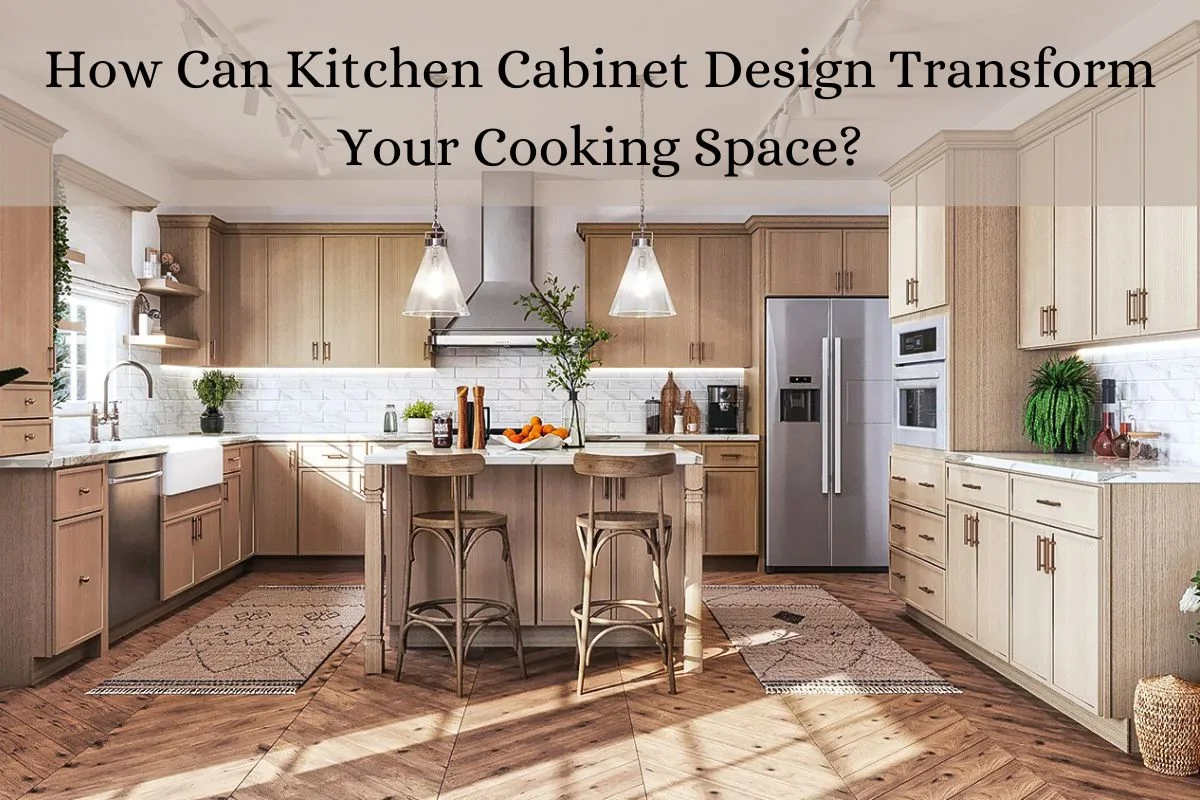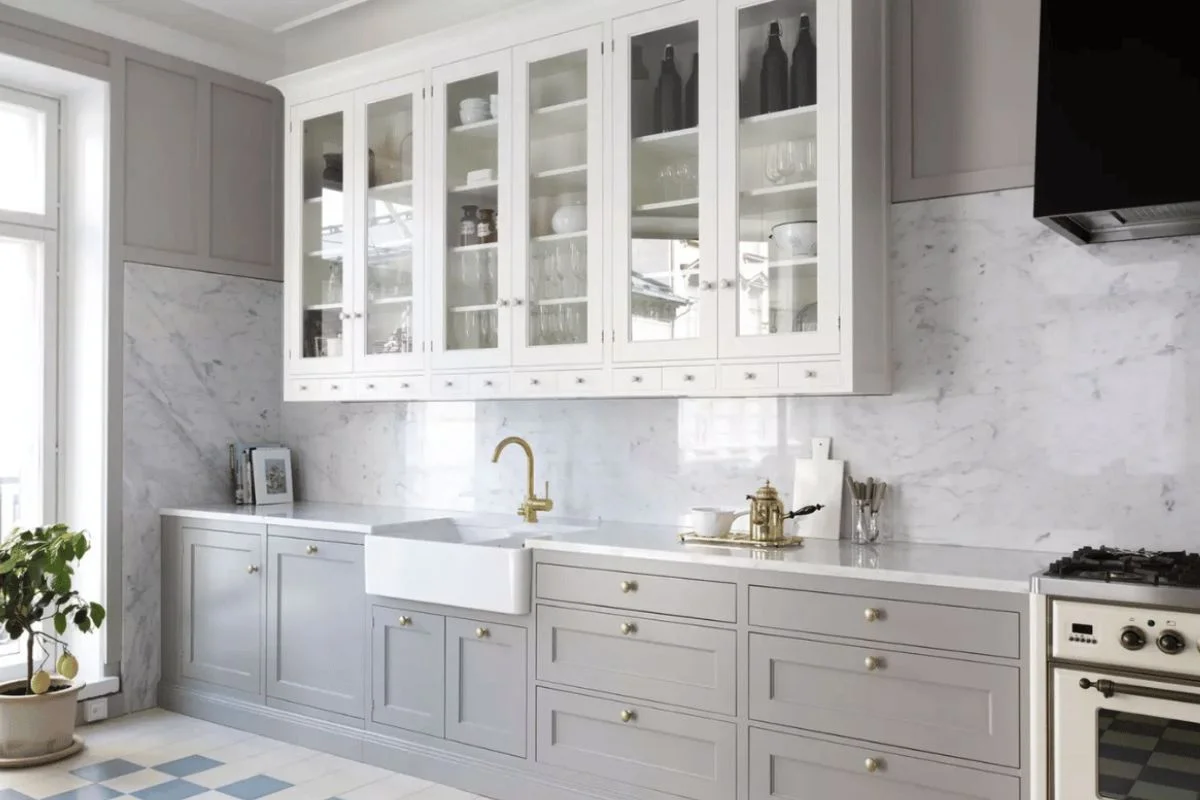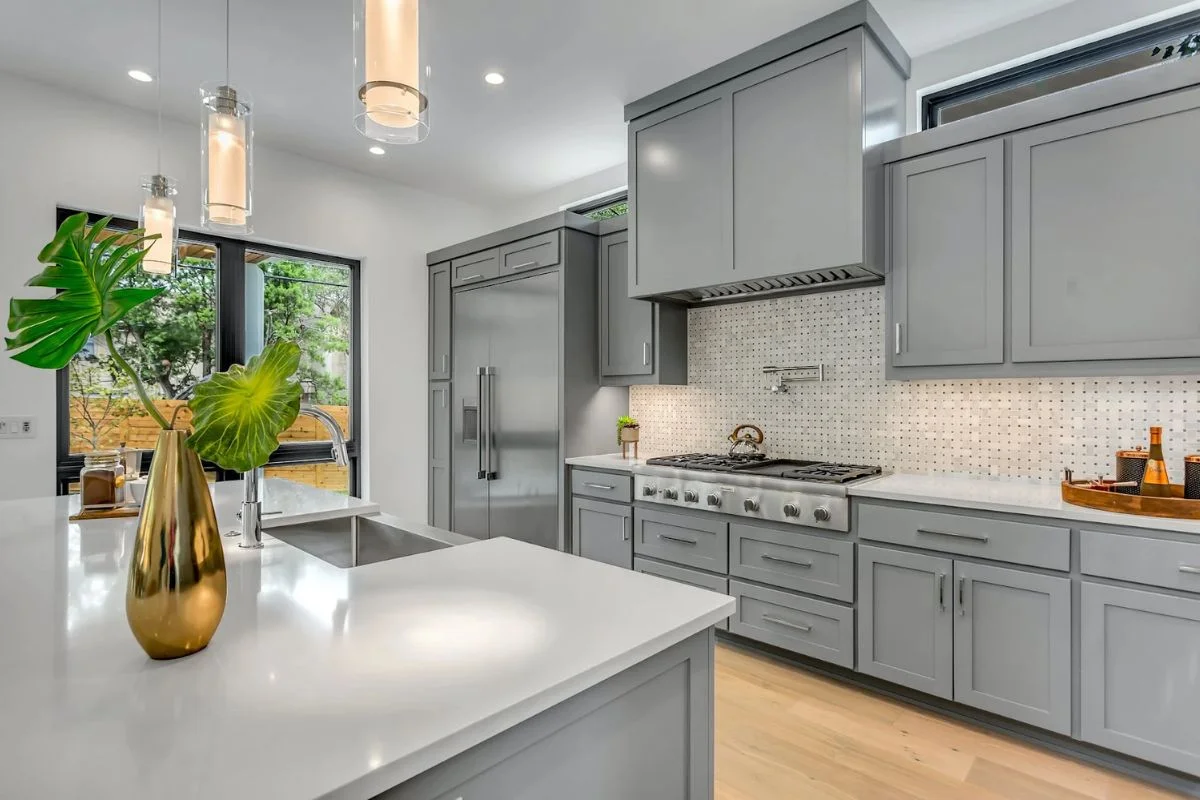
How Can Kitchen Cabinet Design Transform Your Cooking Space?
Kitchen cabinet design plays a pivotal role in transforming your cooking space, serving both functional and aesthetic purposes. Well-designed cabinets enhance storage efficiency, streamline workflow, and create a visually appealing environment that inspires culinary creativity. From selecting materials and colors to considering layout and hardware, every design choice impacts the overall functionality and style of your kitchen. Whether you’re renovating an outdated space or simply looking to refresh your kitchen, the right cabinet design can elevate your cooking experience, making it more enjoyable and organized. This guide explores the transformative power of kitchen cabinet design and how it can redefine your culinary haven.
Space Savers: Mastering Kitchen Storage Efficiency
Effective kitchen cabinet design maximizes storage efficiency by utilizing every inch of space. Features like pull-out shelves allow easy access to pots and pans, while lazy Susans optimize corner cabinets, ensuring no space goes unused. Vertical dividers create designated areas for baking sheets and cutting boards, eliminating clutter. Additionally, deep drawers can accommodate larger items like mixing bowls, making them easily accessible. Thoughtful cabinet design also considers height, with upper cabinets positioned for easy reach. By enhancing storage capabilities, homeowners can maintain an organized kitchen, reducing frustration and improving the overall cooking experience.

Optimize Your Space: Designing a Functional Kitchen Layout
The layout of kitchen cabinets is crucial for creating a functional workspace. A well-designed kitchen incorporates the work triangle concept, which focuses on the sink, stove, and refrigerator’s placement for optimal efficiency. Cabinets should facilitate easy movement between these key areas, reducing unnecessary steps while cooking. A functional layout also includes strategic placement of base and wall cabinets, allowing for seamless transitions between meal preparation and clean-up. By prioritizing workflow in cabinet design, kitchens can become more user-friendly, enhancing productivity and making cooking tasks more enjoyable, especially in busy households.
Express Your Taste: How Kitchen Cabinets Reflect Your Unique Style
Cabinet design significantly influences the overall aesthetic of a kitchen, allowing homeowners to express their personal style. Options range from sleek, modern designs with high-gloss finishes to rustic, farmhouse styles with distressed wood. Color choices can dramatically affect mood; light colors can create an airy feel, while dark tones add warmth and richness. Hardware selection, including knobs and pulls, complements cabinet designs and further personalizes the space. By incorporating unique elements like glass-front cabinets or decorative moldings, homeowners can create a kitchen that not only serves functional purposes but also reflects their individual taste and lifestyle.
Kitchen Design for All: Improving Accessibility with Smart Cabinet Solutions
Accessibility is a key consideration in kitchen cabinet design, ensuring that all users can efficiently navigate the space. Features such as soft-close mechanisms prevent slamming doors and drawers, providing a more user-friendly experience. Adjustable shelving allows customization to accommodate various items, from tall appliances to smaller kitchenware. Pull-down racks and pull-out drawers enhance accessibility in high cabinets, making it easier for everyone, including children and those with mobility issues, to reach items. By prioritizing accessibility in cabinet design, kitchens become inclusive spaces where cooking and organizing are effortless for all family members.
Smart Solutions: Elevating Kitchen Cabinet Design with Technology
Modern kitchen cabinet design increasingly integrates technology to enhance convenience and efficiency. Built-in lighting, such as LED strips under cabinets, illuminates countertops for better visibility during food prep. Smart cabinets can feature touch-activated doors or charging stations for devices, keeping technology organized and accessible. Some designs incorporate appliances seamlessly, creating a streamlined look that minimizes clutter. Additionally, smart kitchen systems can monitor inventory, alerting homeowners when supplies are low. By embracing technology, kitchen cabinets evolve from mere storage to multifunctional components that elevate the cooking experience, merging style with innovation.
Eco-Friendly Elegance: Making Sustainable Material Choices for Your Kitchen
Sustainable kitchen cabinet design focuses on eco-friendly materials and practices that reduce environmental impact. Options include cabinets made from recycled wood, bamboo, or low-VOC finishes, which promote indoor air quality. Choosing sustainable materials not only benefits the environment but also adds character to the kitchen. Responsible sourcing of materials ensures that the cabinetry is both beautiful and ethically produced. By opting for eco-friendly designs, homeowners can create a stylish kitchen that reflects their commitment to sustainability. Investing in green practices enhances the kitchen’s aesthetic appeal while contributing to a healthier planet for future generations.
Elevate Your Space: Updating Cabinets for Contemporary Lifestyles
Kitchen cabinet designs must adapt to modern culinary trends and lifestyles. Current trends include open shelving, which provides a contemporary look and easy access to frequently used items. Glass-front cabinets allow homeowners to display beautiful dishware or curated collections, adding personality to the space. Integrated appliances create a seamless appearance, making kitchens look less cluttered. Additionally, multifunctional cabinets that incorporate seating or workstation features cater to busy family life. By updating cabinet designs to meet modern needs, kitchens can become inviting, functional spaces that accommodate both cooking and socializing, enhancing the overall home environment.
Cabinet Design That Sells: Elevate Your Home’s Market Value
Investing in thoughtful kitchen cabinet design can significantly enhance a home’s resale value. Potential buyers often prioritize kitchen aesthetics and functionality when making purchasing decisions. Well-designed cabinets provide a polished look that appeals to various tastes, making the kitchen a focal point during showings. Additionally, high-quality materials and modern features can justify a higher asking price. A well-organized and visually appealing kitchen can differentiate a property in a competitive market, making it more attractive to buyers. Ultimately, quality cabinet design not only improves daily living but also serves as a valuable investment for future home sales.
Bright Ideas: Transform Your Kitchen with Strategic Lighting Solutions
Incorporating effective lighting solutions within kitchen cabinet design can transform the cooking space’s ambiance and functionality. Under-cabinet lighting enhances visibility on countertops, making food preparation safer and more enjoyable. Task lighting ensures that critical areas, such as the stove and sink, are well-illuminated, reducing the risk of accidents. Consideration of natural light sources can also influence cabinet placement and color choices, maximizing sunlight exposure. Additionally, ambient lighting integrated into cabinetry can create a warm, inviting atmosphere, perfect for entertaining. By prioritizing lighting in cabinet design, kitchens become more functional and welcoming, enhancing the overall cooking experience.
Personalized Perfection: Elevating Your Kitchen with Customized Cabinets
Personalization and customization are key benefits of modern kitchen cabinet design. Homeowners can tailor cabinet sizes, layouts, and finishes to fit their specific needs and preferences. Custom cabinetry allows for unique features, such as specialized storage solutions for spices, baking sheets, or wine bottles, optimizing space. Choosing finishes—from painted options to natural wood—can align with individual aesthetics, ensuring a cohesive design. Custom hardware options also provide opportunities for personal expression. By embracing customization, homeowners can create a kitchen that not only meets functional demands but also reflects their style, making the space uniquely theirs.
These points provide a comprehensive overview of how kitchen cabinet design can transform a cooking space while maintaining a focused approach.
Conclusion:
The design of kitchen cabinets is more than just a practical consideration; it is a transformative element that can significantly enhance the overall cooking experience. By maximizing storage efficiency, creating functional layouts, and incorporating personal style, well-designed cabinets improve not only the aesthetics but also the workflow in the kitchen. Accessibility features and technological integrations further elevate functionality, catering to modern needs and lifestyles. Sustainability in material choices and the potential for customization add value and uniqueness to each kitchen. Ultimately, investing in thoughtful kitchen cabinet design not only elevates daily cooking tasks but also increases the home’s resale value, making it a wise choice for any homeowner.




0 comments